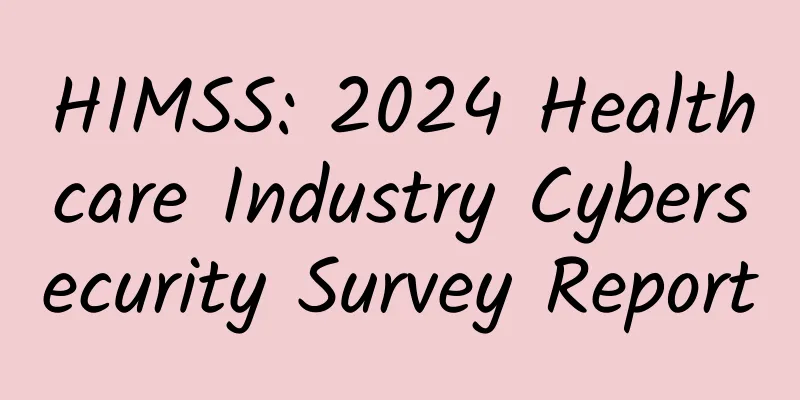HIMSS: 2024 Healthcare Industry Cybersecurity Survey Report

|
Cybersecurity Budget Investment – Organizations are investing more resources to strengthen their defenses. Strategic Priorities – Budgets are increasingly aligned with critical vulnerabilities. Security Awareness Phishing Attack Mitigation - Phishing attacks against projects are a major attack vector. Innovative training – Gamification and scenario-based training increase engagement. Security incidents Phishing attacks dominate – Phishing attacks are the most common method of intrusion. AI-driven attacks – Deepfakes are an emerging threat. Ransomware Fighting Ransomware – Ransomware defense remains a priority. Reduced ransom payments - Ransomware victims report paying fewer ransoms. AI Inadequate policies – The lack of formal AI governance increases risks. Limited Oversight – There is limited monitoring of the use of AI. Third-party risks Third-party incidents – Significant incidents involving third parties are noteworthy. Impact – Third-party events causing outages and other impacts. Insider Threat Formal Program – A formal program is required to manage insider threats. Methodology and Demographics The 2024 HIMSS Healthcare Cybersecurity Survey reflects the attitudes of 273 healthcare cybersecurity professionals who have at least some responsibility for day-to-day cybersecurity operations or oversight of a healthcare organization’s cybersecurity program. Data for the survey was collected between November 6 and December 16, 2024. Questions asked about respondents' opinions, knowledge and experiences over the past 12 months. Respondents served in a variety of roles, including executive (50%), non-executive management (37%), and non-management (13%) roles. Executive roles included C-level executives, non-executive management included senior management, and non-management included analysts and experts. Respondents reported varying levels of involvement in their organization’s cybersecurity program: 46% have primary responsibility, 30% share responsibility, and 24% are involved in day-to-day operations or oversight when needed. Respondents represented a variety of organization types, including healthcare providers (50%), suppliers (18%), consulting firms (13%), government entities (8%), and other organizations (11%). Other organizations included academic institutions, nonprofits, payers, and life sciences companies.
|
>>: Samsung S8 is ruined by rear fingerprint sensor: it takes 6 seconds to read
Recommend
By 2023, how far has the genomics revolution progressed?
Original title: 70th anniversary of the discovery...
Alcohol, iodine, gentian violet... Which one should I use to treat wounds? | Science Museum
Alcohol, iodine, gentian violet... Which one shou...
Are healthy snacks making you fatter? Here are the top ten "confusing snacks"
The weather is getting colder recently. Do you fe...
Does the early blooming of cherry blossoms indicate climate and ecological crises?
The cherry blossom season has arrived again. Moni...
How to achieve effective drainage? Share 2 strategies!
There are only two truly effective traffic-genera...
3 tips for refined operation strategies!
As the cost of acquiring traffic gradually increa...
Baidu Search oCPC Optimization Guide
Many friends came to ask me, why did their search...
The Omicron BA.5 variant has been reported in many places! How to prevent it? Please keep in mind
Since July 5, the BA.5 variant of Omicron and its...
Weird Talks | Interesting Talks on Numbers, Lucky and Unlucky Numbers in the East and the West, Why Does “250” Refer to a Stupid Person?
Hello everyone, today I have brought you a "...
Baidu promotion video information flow advertising display style - large picture video download style
Information flow advertising style - large image ...
Too dangerous! My eyes were almost ruined! Just because I didn’t do this for two months…
At the beginning of this year, the media reported...
How to use Zhihu for marketing promotion? Zhihu marketing promotion methods!
What is it like for a brand to do marketing on Zh...
Can Cordyceps sinensis be eaten by people with high blood pressure?
Everyone knows that people with high blood pressu...
What does it mean when beauty relies on beauty?
Beauty leans on beauty, what exactly is beauty le...
Can a living person really die from holding back urine? I'm not trying to scare you, but there are people who have died from holding back urine.
Expert of this article: Li Tian, Chief Physicia...









